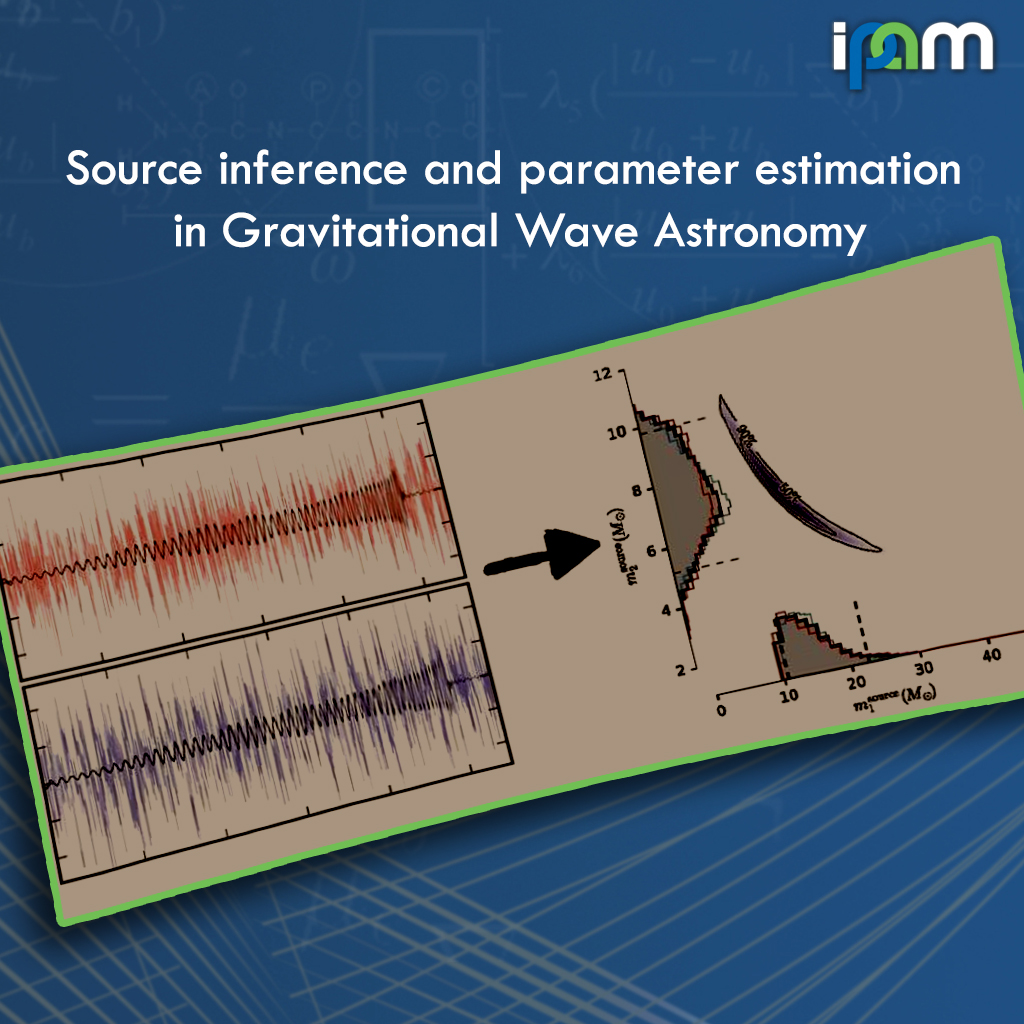Searching for Ultra-Light Bosons with Black Hole Superradiance
Presenter
November 18, 2021
Abstract
Recorded 18 November 2021. Asimina Arvanitaki of the Perimeter Institute for Theoretical Physics presents "Searching for Ultra-Light Bosons with Black Hole Superradiance" at IPAM's Workshop III: Source inference and parameter estimation in Gravitational Wave Astronomy.
Abstract: Many extensions of the standard model predict the presence of ultra-light bosons in the low energy theory. If any of these bosons are in the mass range 10^-20 to 10^-10 eV they will affect the evolution of astrophysical black holes through the superradiance process. When a boson's Compton wavelength is comparable to the size of a black hole, the boson binds to the black hole forming a gravitational atom in the sky. The occupation number of atomic states grows exponentially into a Bose--Einstein condensate extracting angular momentum and energy from the black hole, causing the black hole to spin down. The existence of bosons is then diagnosed by gaps in the mass vs spin plot of astrophysical black holes. Current stellar black hole mass and spin measurements already disfavored part of the relevant mass range. The boson cloud can also be observed directly either through precision mapping of the near horizon geometry or through gravitational waves coming from boson transitions and annihilations in the gravitational atom that are detectable in upcoming experiments, like Advanced LIGO, AGIS, and LISA.
Learn more online at: http://www.ipam.ucla.edu/programs/workshops/workshop-iii-source-inference-and-parameter-estimation-in-gravitational-wave-astronomy/?tab=schedule
